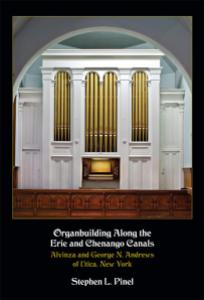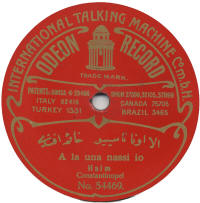The universal availability and divergent imagery of coffee in people’s lives has been expressed in popular music more often than many of us realize. “You’re the cream in my coffee: A discography of java jive” by B. Lee Cooper and William Schurk (Popular music and society XXIII/2 [summer 1999] pp. 91–100) lists over 100 coffee-related popular songs from the 1920s to the 1990s. The songs are grouped both alphabetically and by subject; topics include addictive stimulants, commercial jingles, companionship and socialization, and sexual metaphors.
Click here to hear the Ink Spots performing their 1940 hit Java jive by Ben Oakland and Milton Drake.












